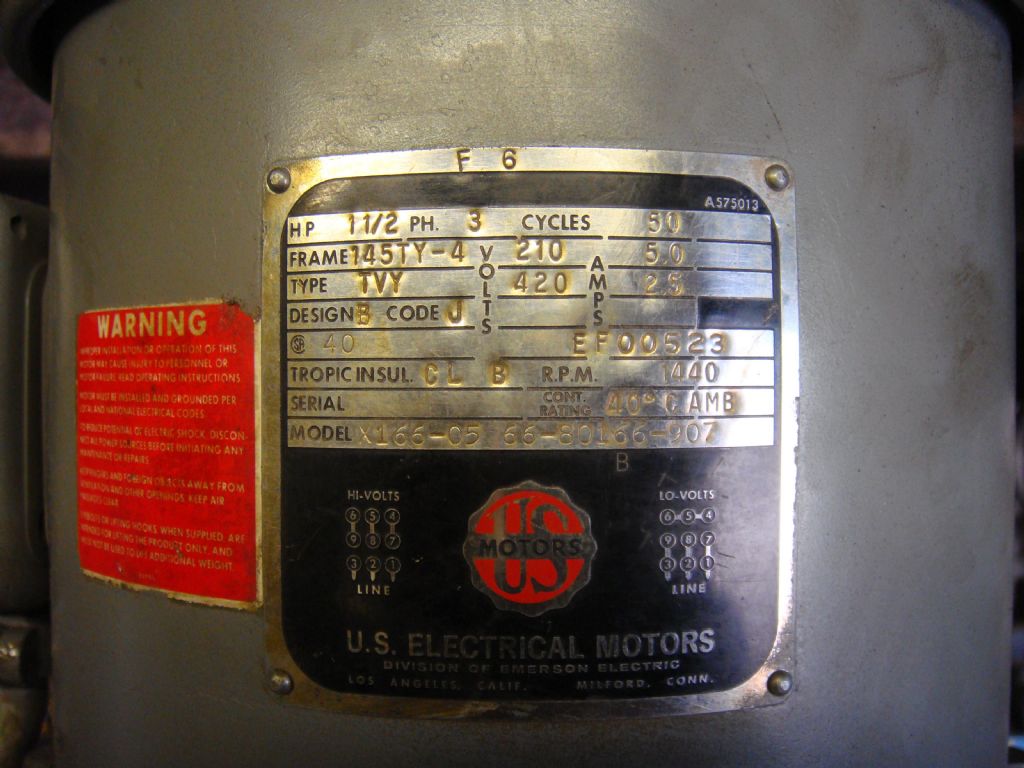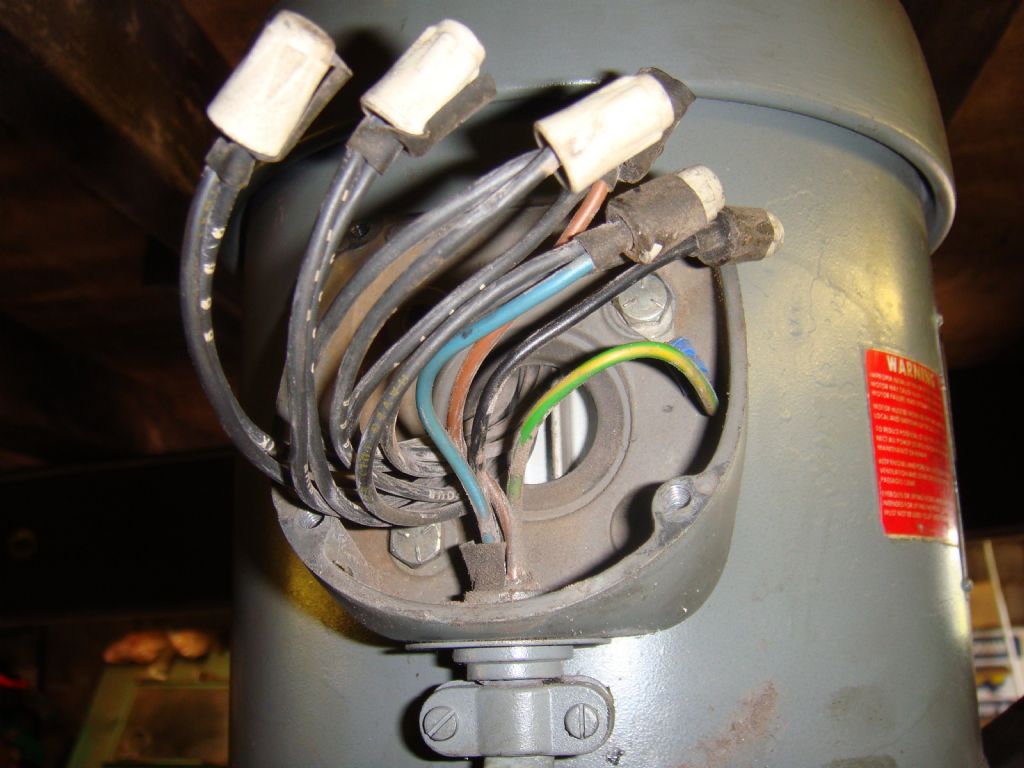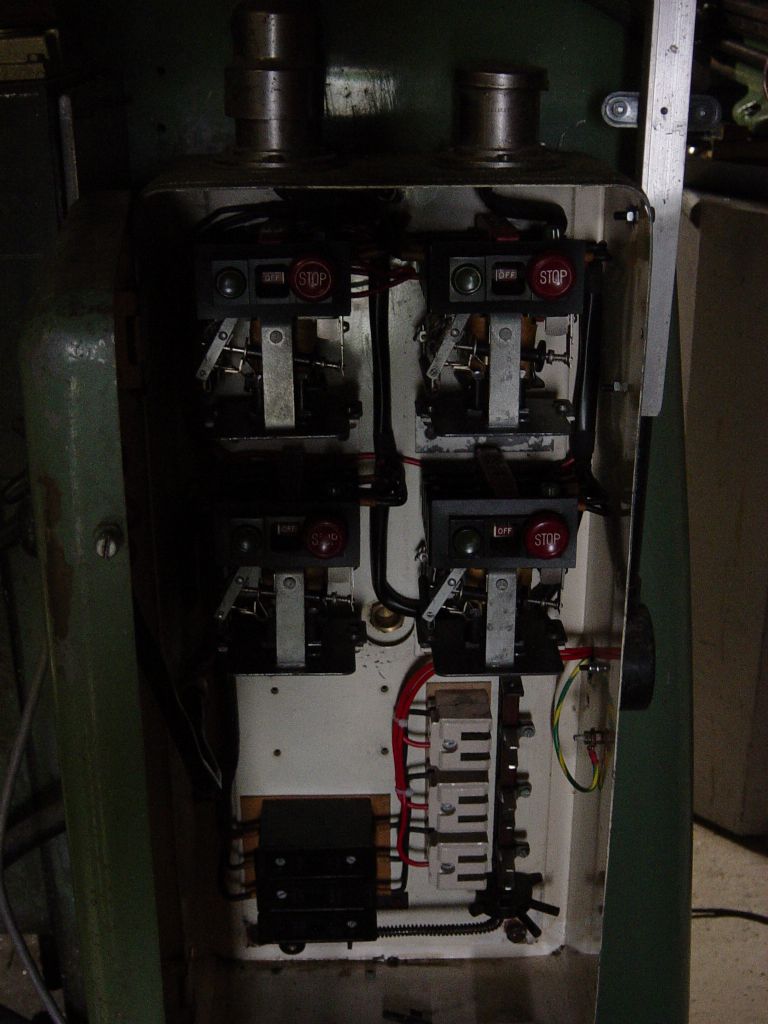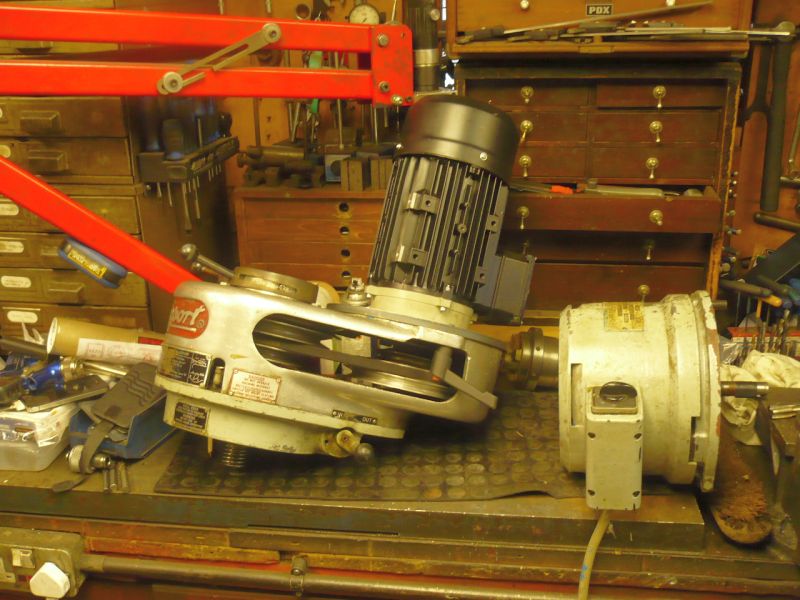Hi Matt
I have converted my Bridgeport to single phase, mine didn't have either a suds pump or an original table drive motor to worry about and my route to single phase was guided at the time with help and advice from John Stevenson over on Usenet at the time.
Step one for me was to rip everything relating to the original 3 phase setup off the mill (apart from the motor of course) I couldn't see any need to keep it..I have kept it all chucked in a dark corner of the workshop but I don't see that I'll ever need it again.

I bought my inverter/control station from Newton Tesla who I had used before when I converted my lathe (which was single phase but I wanted the speed control etc so went down the 3 phase motor avenue) anyway the inverter came from them pre-programed with the control station pre-wired, all I had to do was follow the diagram supplied to connect it to the inverter, simple enough after studying it for a day or so…..
I found NT very helpfull both times I have used them, I think I could have probably bought the inverter a bit cheaper, but I like their control station and it was really a turn-key package, with added back-up if needed, that has a value to me!
All I had to do was change the motor wiring to Lo-Volts as shown on the motor plate, all the wires are numbered so it was simple enough to follow through.


After that all I had was the supply from the inverter to bring in, again simple enough and ain't a sparkie!
It all worked first time and I havent had to touch the wiring etc from day one.


It gives great control, on the jog setting I can tap under power without having to go move into back-gear, the inverter gives 5hz (I think) in jog mode and with the mills speed wound down to the minimum 450rpm it's easily done and I haven't bust a tap so far!
I haven't had the need to mess with the programming of the inverter, the settings from Tesla seem fine and after 3 years use I haven't felt the need to alter anything.
I have the 110 volt "accessory" type drives on X-Y-Z axis they are powered from a single transformer bought from Screwfix, that's the only part of the setup that I have had problems with, when I switch on on it trips the breaker sometimes, seems that my RCD's in the workshop are not ideal for the "inrush" of the transformer, no big deal just a little irritating.
Hope this helps.
Richie
MattK.













